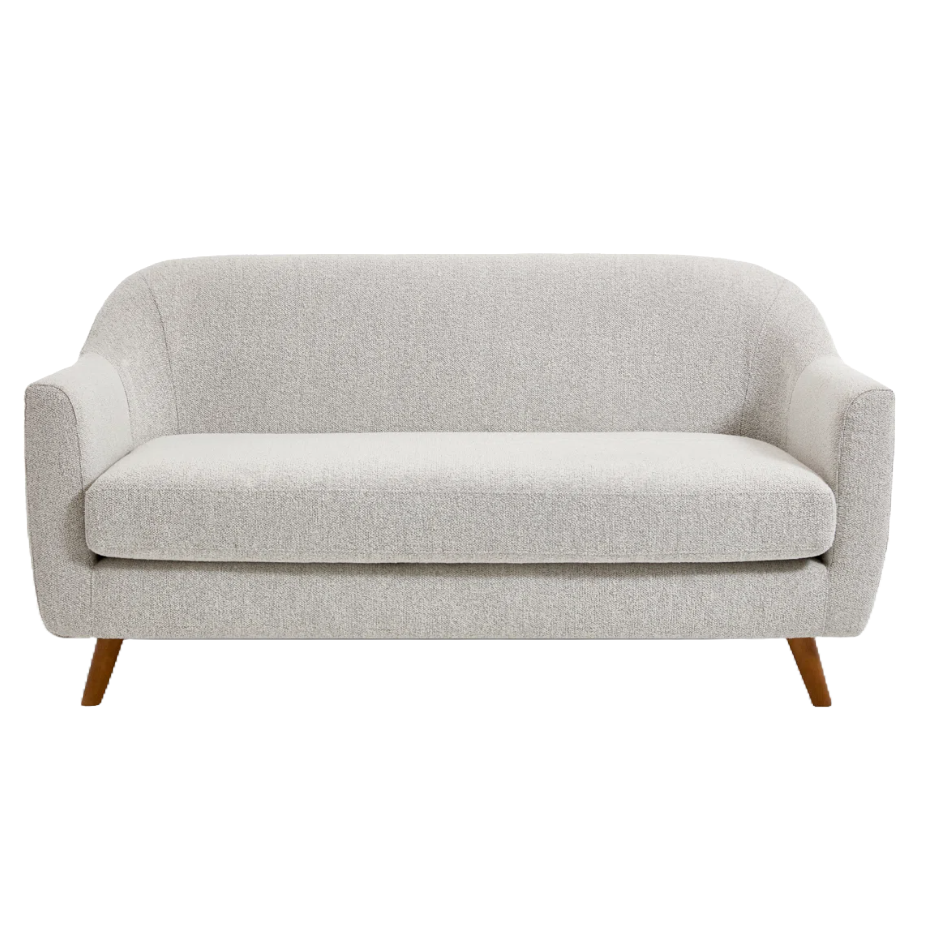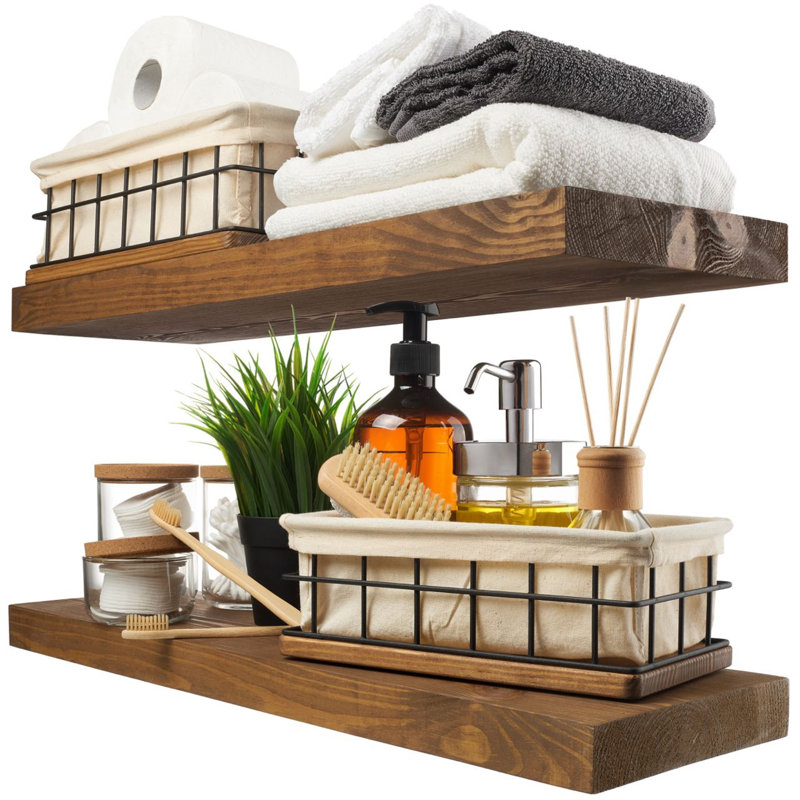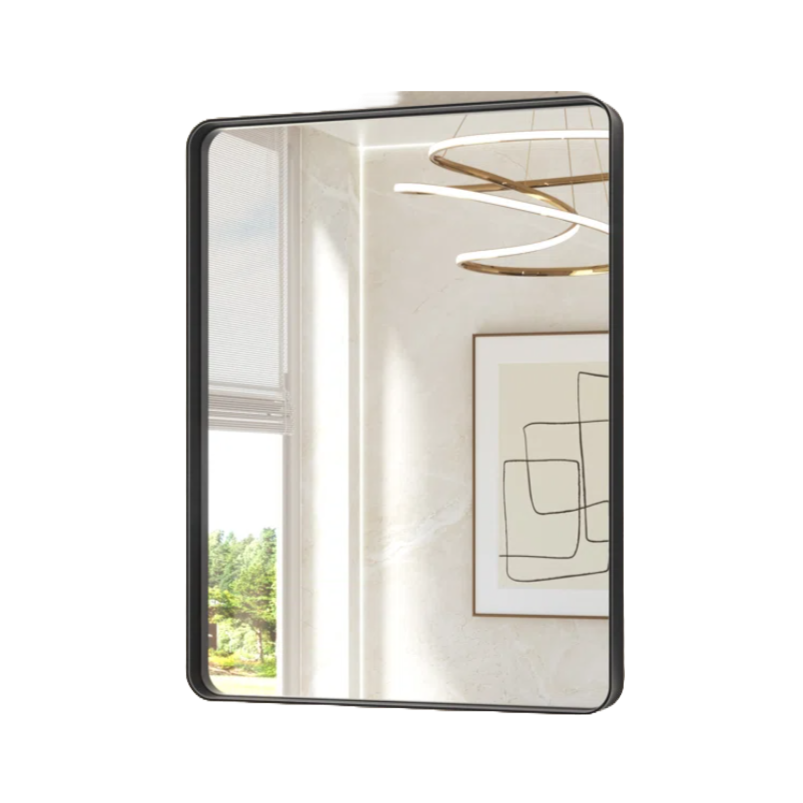I just unlearned this key design lesson – you can actually put things in front of a window and here's how designers use this space to maximize style and function
Interior designers bust the myth on not blocking windows
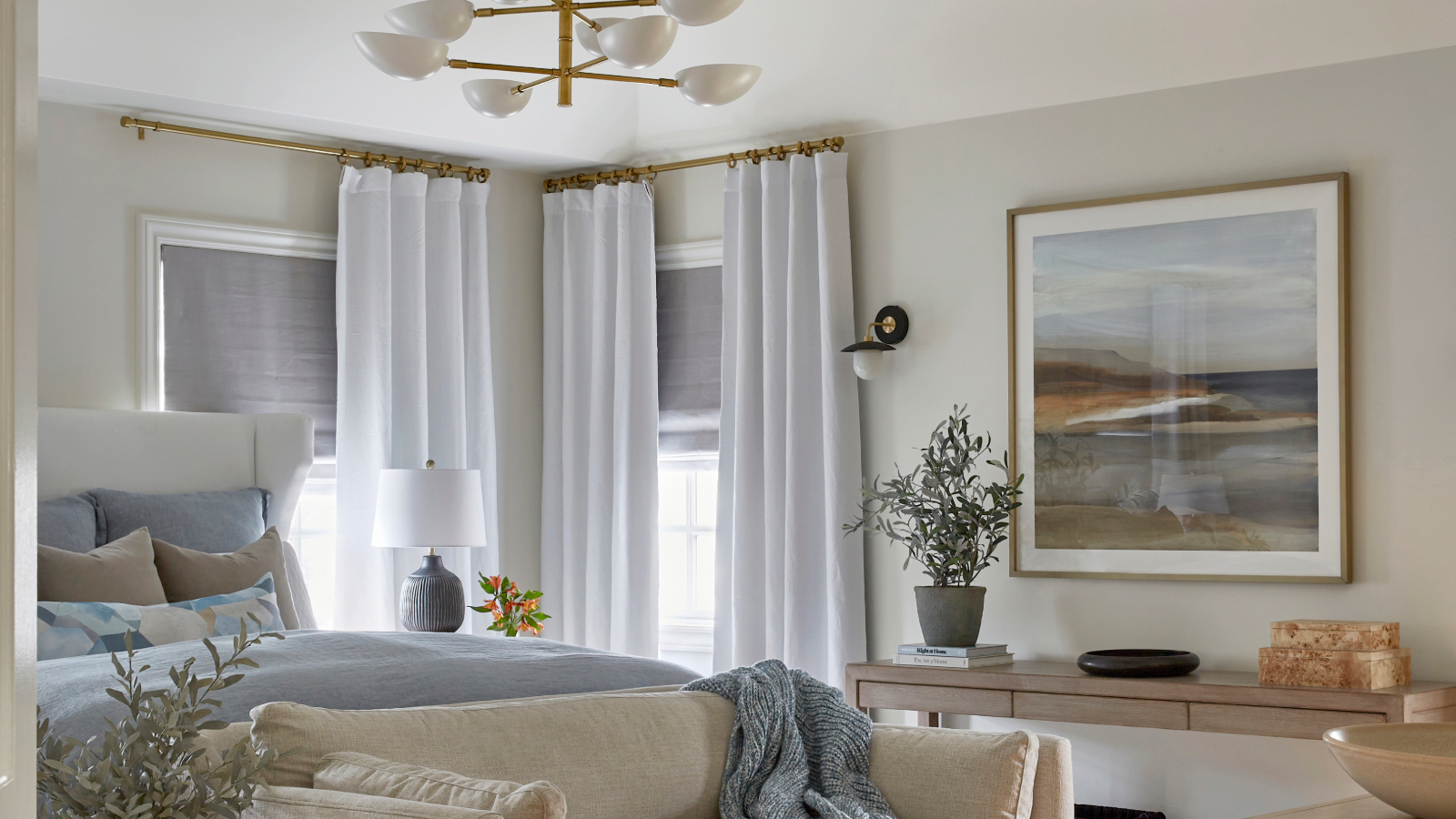
- 1. Maximize your kitchen storage with shelving in front of your windows
- 2. Yes, you can add a couch in front your window
- 3. Place plants in front of your window to create interesting silhouettes
- 4. Enhance productivity by placing your desk in front of a window
- 5. Build in a nook in front of a window
- 6. Optimize natural light by placing a mirror in front of your window
- 7. Utilize a windowsill for a coffee bar
- 8. It can make sense to put a bed in front of the window

It was formerly an unspoken "don't" in my mind to block the windows of my home in any shape or form. Why would I obstruct the gorgeous natural lighting that floods in come sunrise and bounces beautiful golden rays into my rooms at sunset?
When I moved into my new flat recently, though, this perspective was challenged as the space had the largest windows I have ever lived with, as well as limited room to place furniture.
I decided to talk to interior designers to hear their interior design tips on what can look good obstructing a window, as well as why it can actually work. Designers opened my mind up with their ingenious ideas that would allow me to make use of this awkward new situation I was needing to navigate. From mirrors to storage, here were their top tips for using the space in front of a window.
8 ways to make use of the space in front of your windows
As thoughtfully noted by designer Rebecca Hughes, 'It’s a myth that windows must always be kept completely clear – no furniture, no obstructions, nothing that might ‘block the light.’ Whilst natural light is undeniably valuable in any space, this notion often leads to missed opportunities for both functionality and character. Using the space in front of a window – thoughtfully – is not only acceptable, but can also elevate the design of a room.'
1. Maximize your kitchen storage with shelving in front of your windows

In this client's kitchen, Stephanie Lindsey, principal designer at Etch Design Group, installed open shelving in front of a couple of windows. I hadn't actually seen anyone doing this before looking through Stephanie's ideas, and it's completely changed my perspective on blocking windows as "bad". There will be a moving backdrop behind your kitchenware, and your crockery will no longer be banished to the back of the cupboards.
'We installed open shelving in front of kitchen windows to strike the perfect balance between storage and natural light,' explains Stephanie. 'Shelves like this can hold frequently used items like dishes and glassware, keeping them easily accessible while allowing daylight to pass through. This solution adds interest without feeling heavy or blocking the view entirely. It’s especially effective in kitchens where wall space is limited.'
2. Yes, you can add a couch in front your window
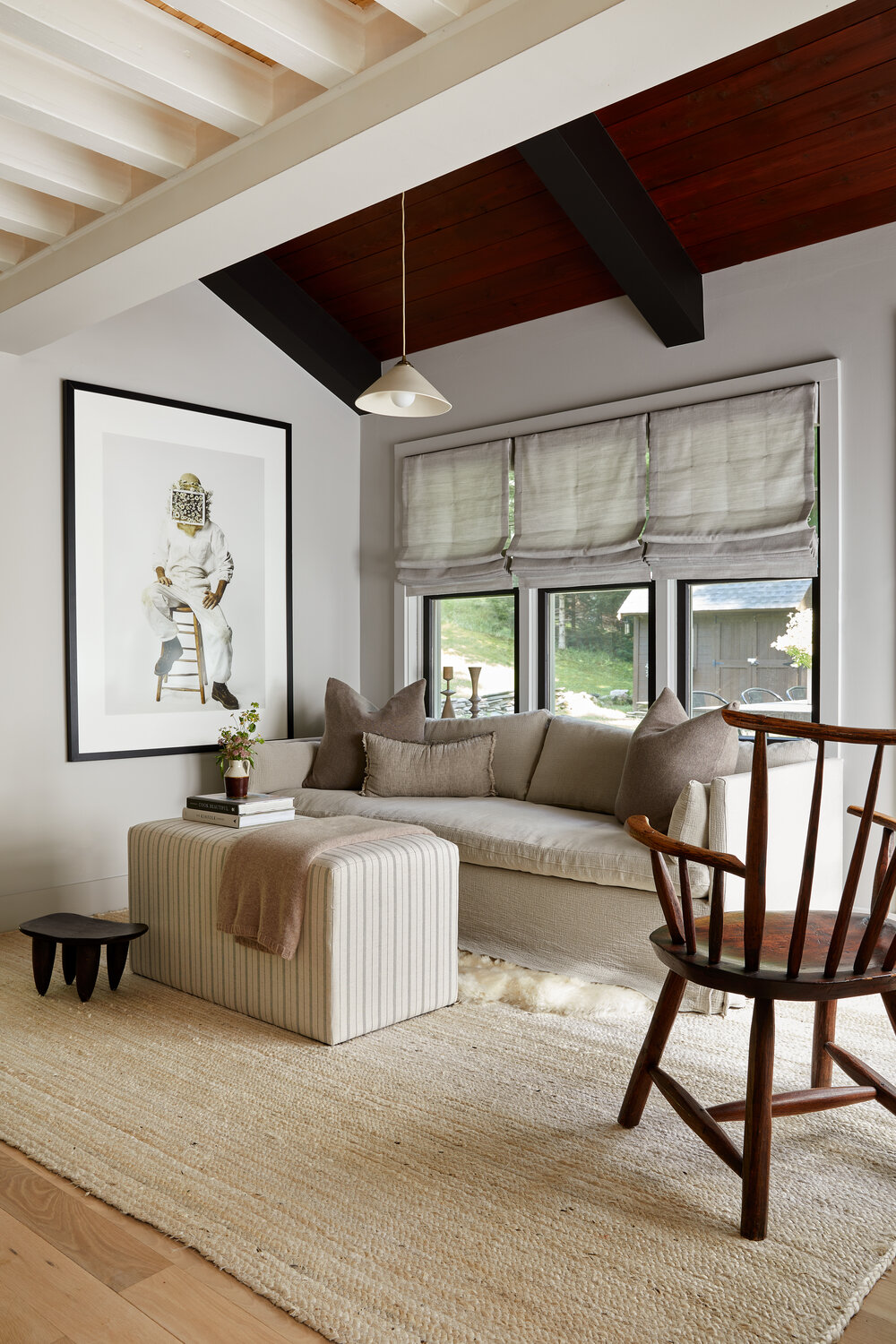
Photography by Sean Litchfield.
You may initially think that a sofa really shouldn't go near the window as it's bulky and will make a room feel far less open, but placing seating near a window isn't a sofa-arranging mistake. It can actually have the opposite effect if the rest of the room isn't extremely cluttered.
Design expertise in your inbox – from inspiring decorating ideas and beautiful celebrity homes to practical gardening advice and shopping round-ups.
Imagine sitting on the sofa in this photo of a room designed by Becky Shea Design: your front is facing indoors into the home you love as you chat or quietly enjoy your day's first coffee, and the outside world is open up behind you. Your sofa isn't cramped up against a wall, feeling restrictive, and in the evening, as the hours wind down, you can rest there and relax, watching dusk emerge.
As Philippa Thorp, founder of THORP, notes, 'Placing seating like a sofa or chaise in front of a window doesn’t block the view – it invites you to engage with it. The key is intentionality in choosing where to place your sofa. When the furniture is curated and the scale is right, it actually frames the view, creating a more intimate and lived-in relationship with the outside world.'
Elana Mendelson, principal luxury designer at Elana Designs, agrees, saying, 'The low profile of a typical sofa allows the expansive windows to remain the focal point and doesn’t block the influx of natural light. This keeps the space feeling bright, airy, and deeply connected to the outdoors.'
3. Place plants in front of your window to create interesting silhouettes
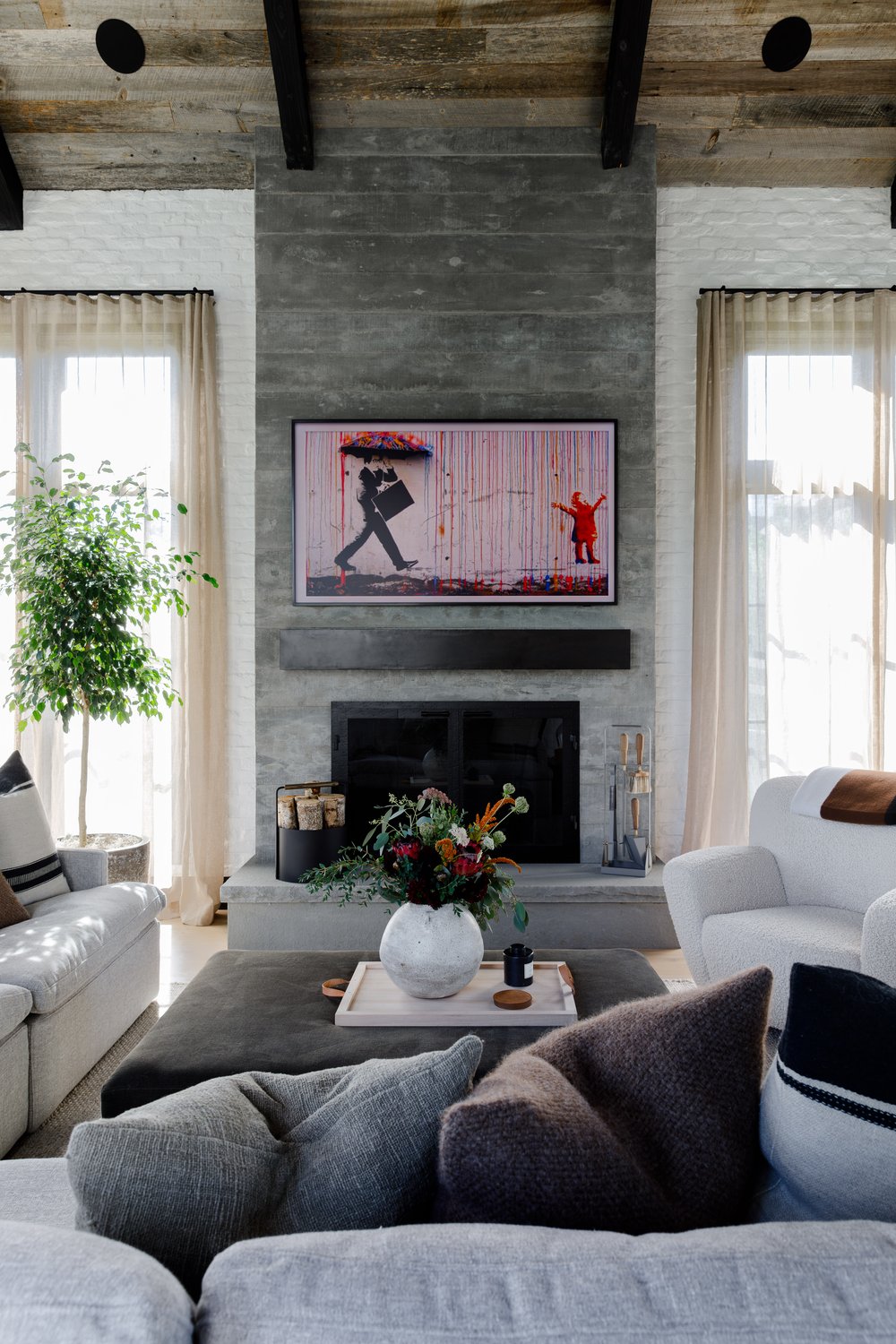
Photography by Jake Shea.
Decorating with plants can elevate any home, but placing your plants in front of windows can help take that an extra mile. There's something special about seeing plants by a window, where you can enjoy the outside wildlife and see your indoor foliage simultaneously. It creates a link, curating harmony, and let's not forget the wonderful silhouettes and shadows the plants will bring into your room as the light changes.
Designer Laura Hammett says, 'Tall decorative elements, such as tall indoor plants or lamps, can look particularly striking when backlit by daylight, adding movement and softness through the shifting play of light and shadow.'
To add further visual depth to your room, try adding some of the best indoor plants of different shapes and heights in front of your windows and experimenting with the order they sit in the space.
4. Enhance productivity by placing your desk in front of a window
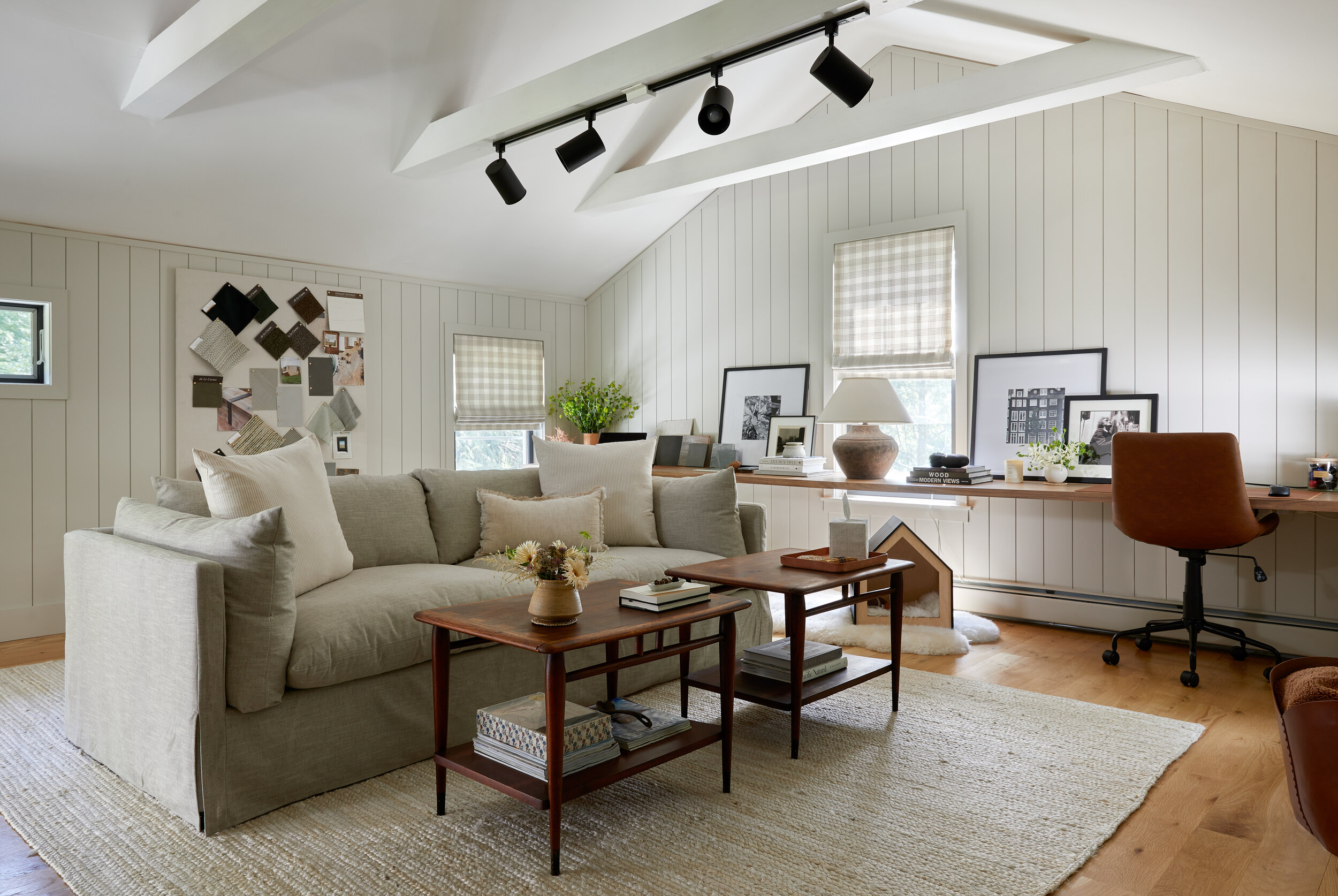
Photography by Sean Litchfield.
My home office desk sits right next to a large window in my apartment, and it's one of the best decisions I've made in terms of furnishing my new home. It helps my mind to breathe while working, allowing me somewhere to gaze while processing thoughts throughout the day, and I love how the sunlight perfectly hits my office chair in an inviting way.
Rebecca shares my sentiment about placing desks in front of windows and its ability to improve desk feng shui, suggesting, 'Placing a desk by a window can transform a once-underused wall into a light-filled, inspiring workspace. The window provides a beautiful backdrop and a connection to the outdoors, which can boost productivity and mood. It’s a particularly smart solution in smaller spaces where every square meter matters.'
Whether the desk by your window is decorative, for storage, or for work, it doesn't have to be an eyesore. It could be your go-to magazine spot stacked with reading material, where you brainstorm your best ideas, or where you journal at the end of a stressful week. Make the space your own, and add the things that bring you happiness and calm.
5. Build in a nook in front of a window
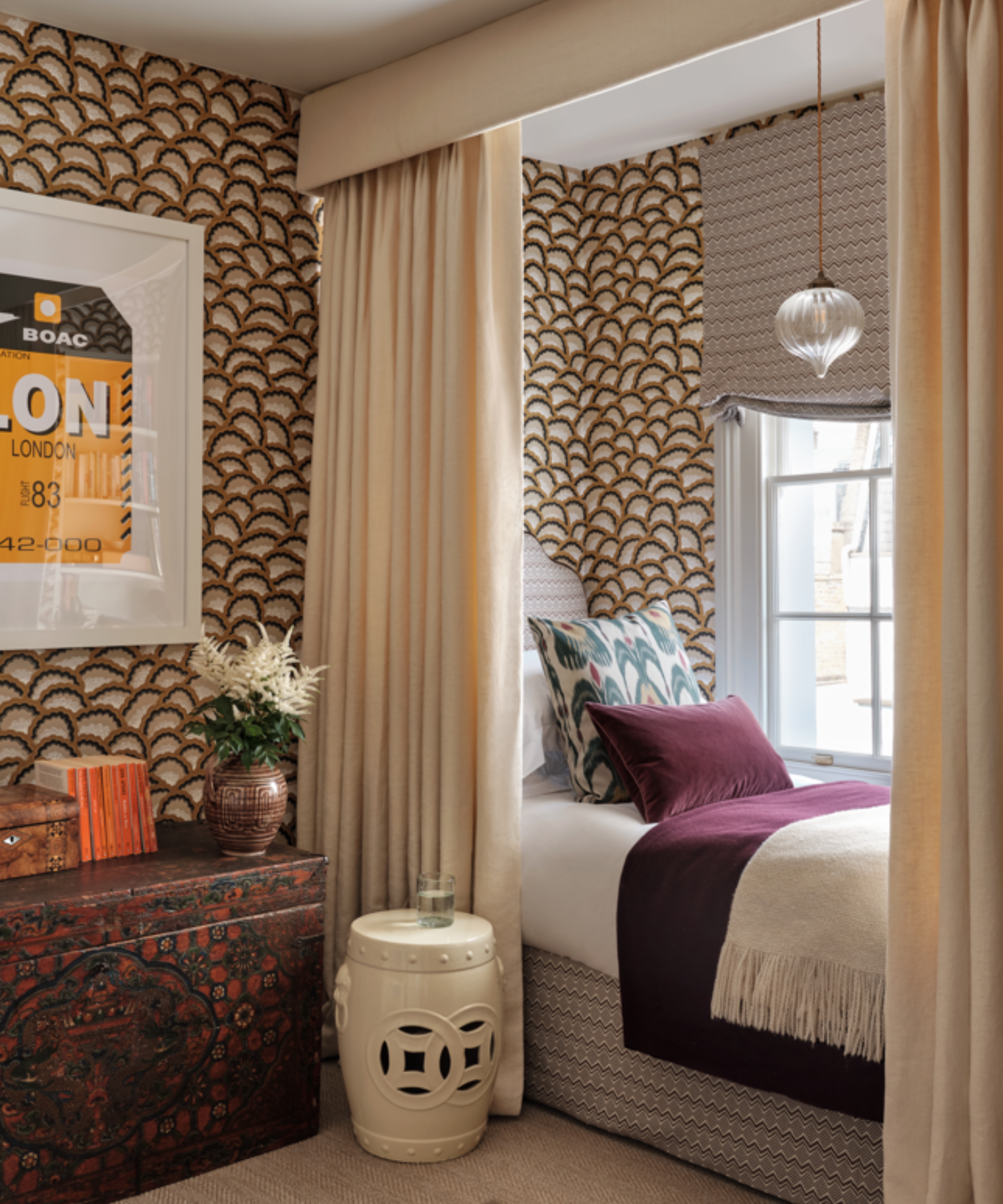
If people-watching is one of your pastimes, what better way to comfortably watch the world go by than in a plush window seat or bed nook. The addition will barely block any extra light from shining in the window, utilizing and enhancing an otherwise lesser-used area.
'Another compelling example of ways to design your window into your home is by adding a built-in box bed or bench alongside your window,' says Rebecca. 'Far from compromising a window, this kind of design can enhance it. A low-profile built-in doesn’t block the light but instead frames it, creating a cozy nook that feels intentional and inviting.'
There's so much potential use for a nook in your home, from offering guests extra seating, children a new space to read their bedtime stories, or the cutest little corner to decorate for seasonal occasions.
6. Optimize natural light by placing a mirror in front of your window
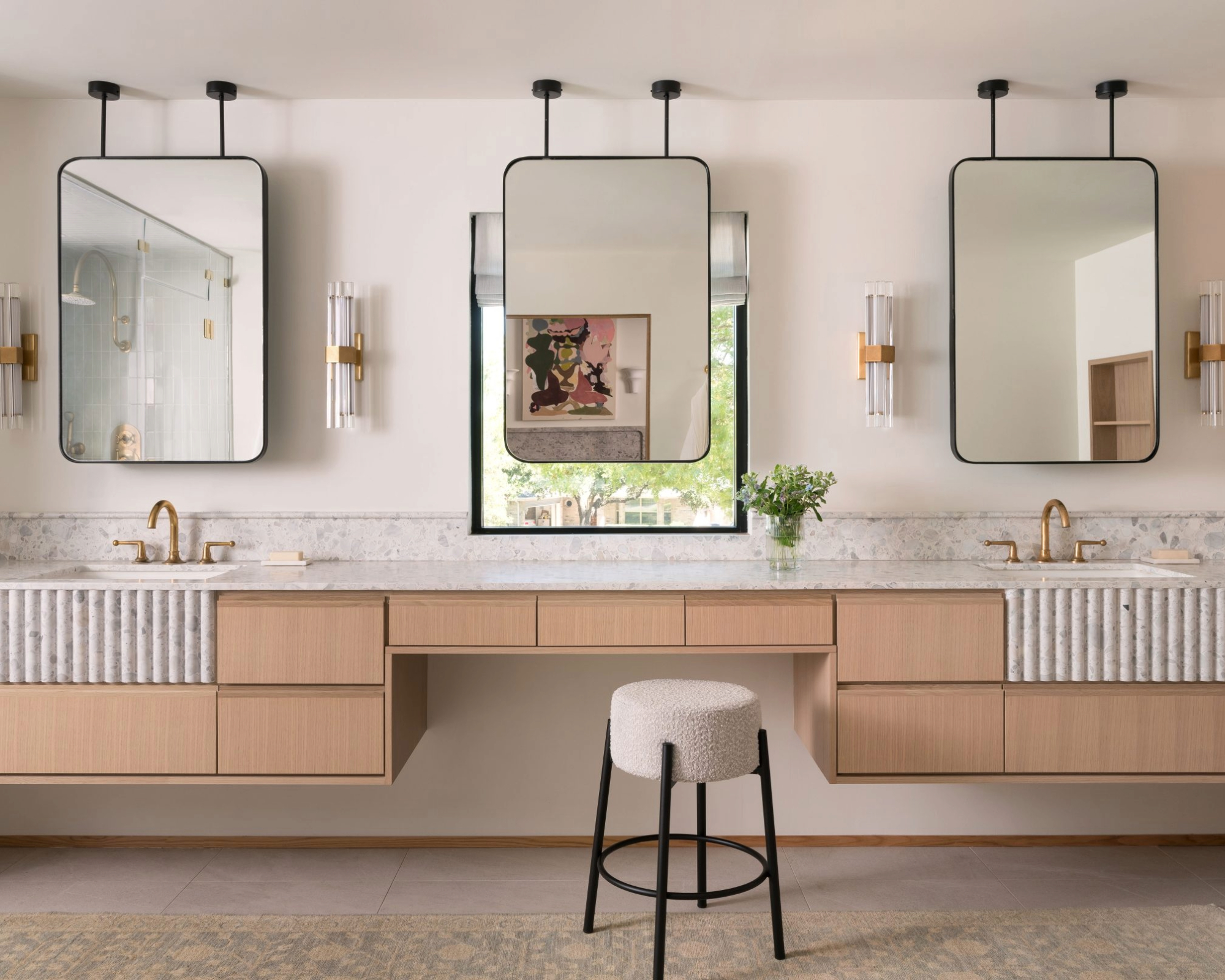
It might sound unusual to block part of a window with bathroom mirrors, but the idea is actually secretly genius. Stephanie Lindsey worked on a vibrant contemporary project that executed exactly this in a spacious bathroom.
'In this primary bathroom, we mounted a mirror directly in front of the window – a solution that might seem unconventional but works beautifully,' says Stephanie. 'We selected a suspended mirror design that allows light to pour in from behind, preserving the natural light source while still providing functionality for daily routines. The mirror appears to float, adding a touch of visual intrigue and modernity.'
If your bathroom is low on wall space, you haven't got much of a view from your window, or you're always struggling to get the right amount of natural lighting to blend your makeup to perfection, decorating with mirrors in front of your window could work wonders as well as maximize your space.
7. Utilize a windowsill for a coffee bar
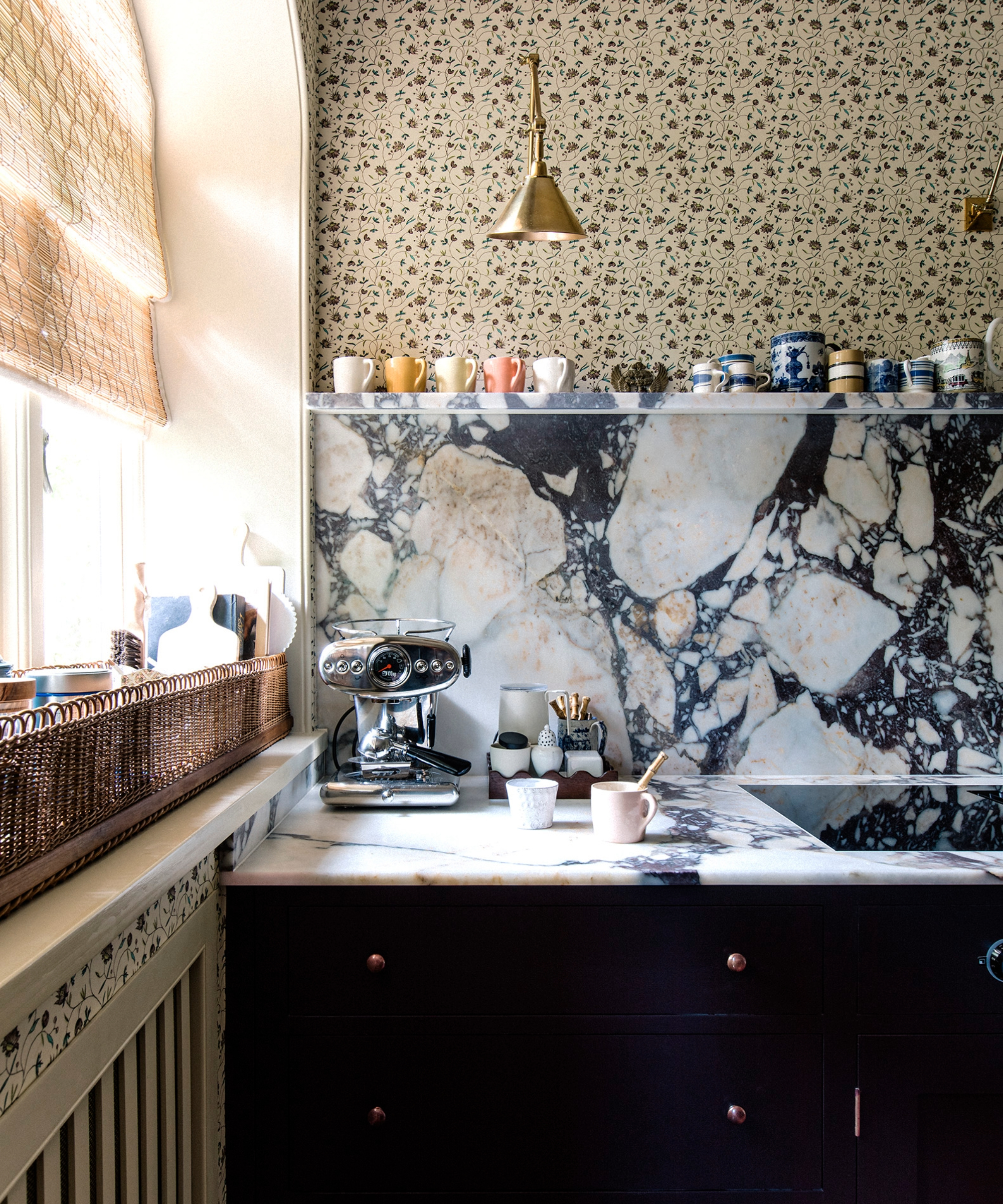
This idea in Rita Konig's kitchen by Plain English's design director, Merlin Wright, is a little out of the box but really simple to add to your home. A deep windowsill in Rita's kitchen was converted into a convenient coffee and tea nook by placing wicker baskets in front of the window and adding aesthetically pleasing tins filled with ingredients.
The nook keeps everything neat and tidy right near the coffee maker, and is in the ideal spot for opening up the blinds to start the day.
'This was an interesting project where design cues were taken from the complexities of the space,' explains Merlin. 'In this instance, where we made Rita's coffee bar idea, the main kitchen run was fitted into what had been a corridor, and the old doorway was adapted to create a shallow cupboard. With space at a premium, every nook was utilized, so the deep windowsill of the adjacent Gothic window was too tempting to leave empty, and a custom wicker basket was made to store coffee bar essentials and tea-making paraphernalia close to hand for the coffee machine.'
8. It can make sense to put a bed in front of the window
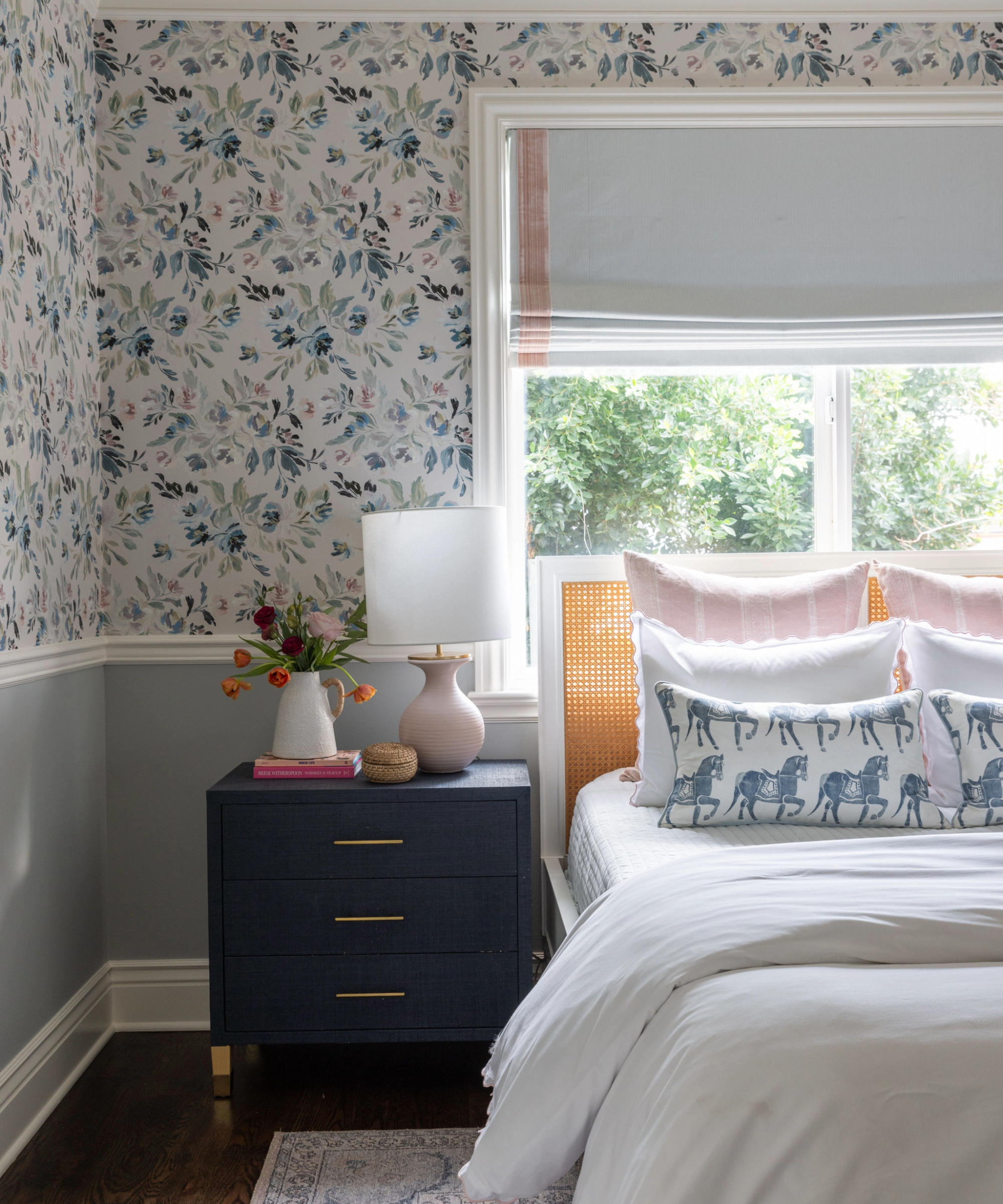
There has been much debate about placing beds in front of a window, but for so many reasons, it can just click into place, both functionally and aesthetically.
Ashley Macuga of Collected Interiors styled a bed in front of a window in a small room, and it works incredibly well with the architecture of the space.
'Sometimes in smaller rooms, placing a bed in front of a window is the only bedroom layout that can functionally fit all of the pieces of furniture needed,' says Ashley. 'When working in this configuration, we are conscious of the scale of the window and the bed. Ideally, the width of the headboard fits within the frame of the window, and the height hits in the lower one-third of the window. The proportion helps to ensure that light can still flow over or around the bed, adding intentionality to the overall design.'
Placing a bed directly or partially in front of a window is also a great bedroom idea to create symmetry in a room, even if other built-in elements of the room are out of alignment.
Lina Galvão, co-founder and interior design principal of Curated Nest Interiors, explains, 'In our design work, we were able to create a clear focal point, with symmetry. The room was slightly off center in many ways. The windows were not symmetrical in their alignment to the ceiling tray on the main wall, which would have been the natural option for placing the bed. By moving the bed to the wall perpendicular, we were able to create symmetry between the bed, windows, and ceiling tray.'
I have unlearnt what I thought was a key design lesson here: windows don't always have to be kept clear, and sometimes it makes sense to have something positioned in front. In my new apartment, I will be placing a couch in front of the window, it's low enough to not obstruct the natural light, and as Philippa Thorp says, I think it will make the windows feel a more cohesive part of my scheme.

Ciéra is a writer and regional laureate with particular passions for art, design, philosophy and poetry. As well as contributing to Homes & Gardens, she's an Editorial Assistant for Design Anthology UK and a contributing writer for magazines including Livingetc, Apartment Therapy, House Beautiful and Ideal Home. Previous commendations of hers include being Highly Commended by The Royal Society of Literature and receiving a prestigious MA Magazine Journalism scholarship to City, University of London.
